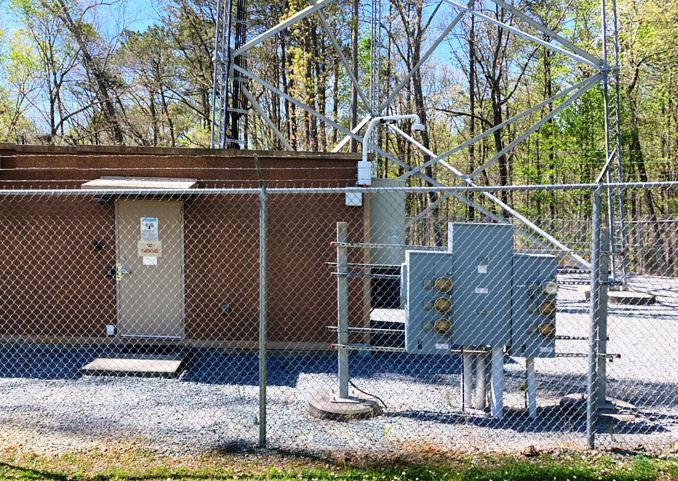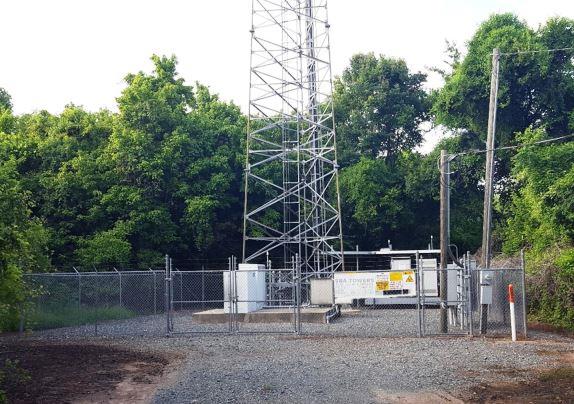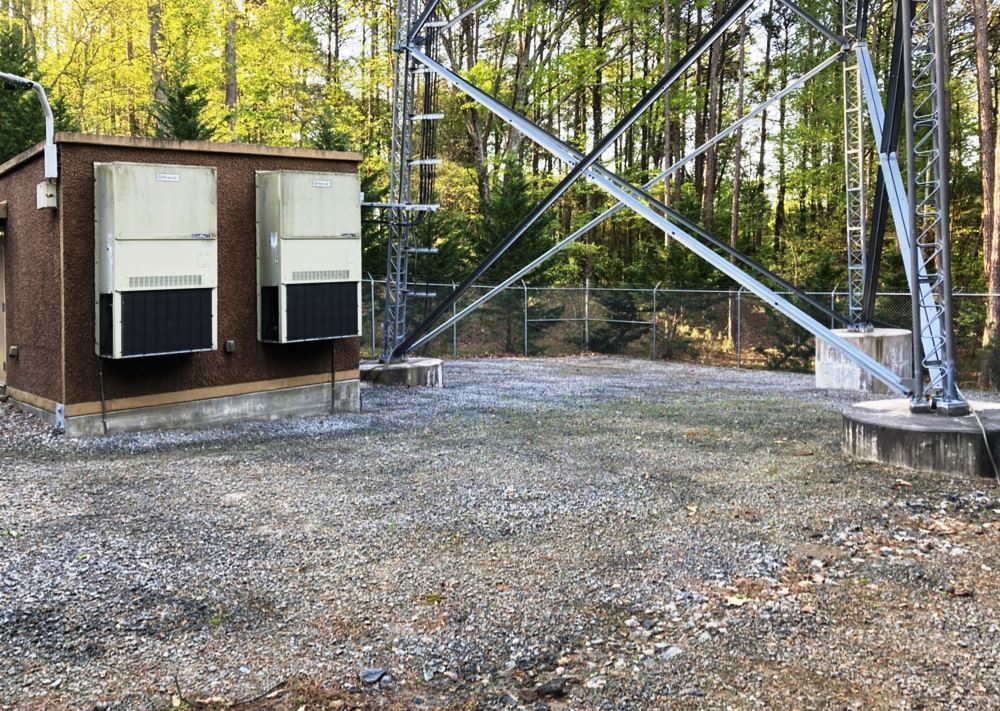
You Are Here: VegClear Home > Property & Services > Cell Towers
Exploring the World of Cell Tower Maintenance: Tower Types & Vegetation Control
Precise and effective commercial weed control For TelecOmmunication Equipment Property
Understanding Cell Sites: Evaluation of cell towers begins with the importance of distinguishing between two commonly used terms: 'cell site' and 'cell tower'. Cell towers are the backbone of our connected world, play a crucial role in ensuring wireless connectivity throughout most communities in the US. In this overview, different types of cell towers are discussed, shedding light on their significance, maintenance needs, and applications. Cell sites are typically located on a special purpose property with graded gravel or a paved concrete pad, functioning as the tower "base" within a securely fenced parcel.
Explore the diverse world of cell sites and towers:

Cell Site
This term encompasses all equipment, such as antennas, buildings, and ground installations, utilized for transmitting signals among mobile devices, other towers, and handheld receivers. It typically includes transmitters, receivers, GPS, backup power sources (generators), base receiver stations (BTS), backhaul connections, fiber connectivity, and more.
Cell Tower
This term refers to the physical structure to which individual pieces of communications equipment, including antennas, are affixed. Cell towers can accommodate multiple wireless carriers, public safety entities (EMS & Police Radio Coms), or enterprise communications. They may be owned by wireless carriers, private property owners, or third parties and leased to one or more carriers.
Preventing cross-contamination
At VegClear, precision treatment is central to our operations, emphasizing meticulous maintenance in vegetation spraying around equipment, and mandatory personal protective gear swaps between treating and walking different cell tower sites. This practice prevents cross-contamination, ensuring the sustained effectiveness of herbicides. This commitment promotes weed-free and optimally functioning tower sites in Georgia, South Carolina and beyond.
Get A Cell Tower Bare Ground Quote:

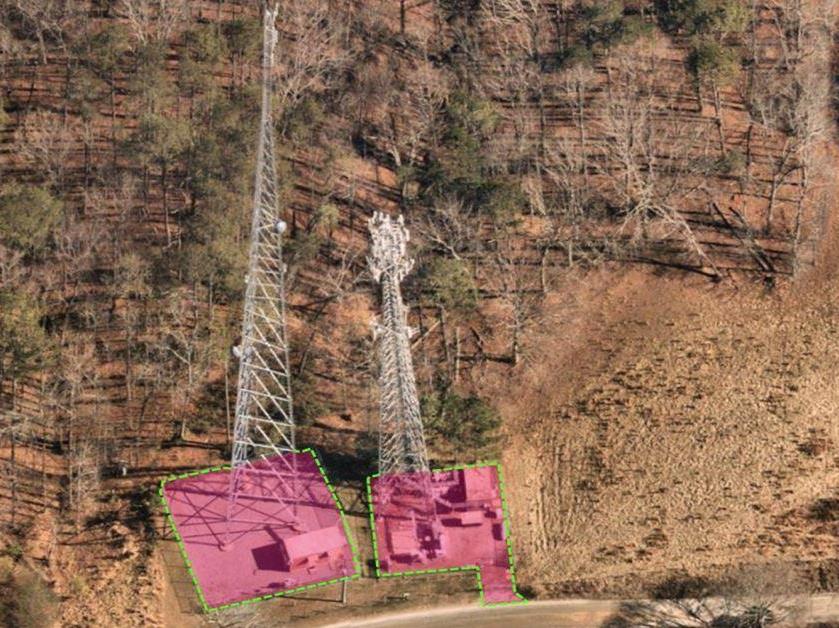
Types & Designs of Telecom Towers
A single tubular mast up to 200 feet high with pole exterior-mounted antennas, widely deployed for simplicity and most commonly seen from roadsides and throughout southeast urban landscapes.
Similar to a monopole tower but stabilized with guy wires, built in various configurations and sizes. The addition of expanded footprint needs for wires introduces complexity that can involve exploring weed control with more than one property owner or a wider footing area. Pronounced like "Guide"
Often called a self-supporting tower, offering stability and flexibility, commonly built with crisscrossed steel and reaching heights of up to 500 feet. Sometimes seen on mountain tops and terrain peaks in the Eastern US.
Built to blend into surroundings, often required by municipal zoning codes, and designed to resemble trees or cacti, or covertly attached to existing flag poles, water towers, and steeples, depending on restrictions in cities and counties across Georgia, South Carolina, and elsewhere in the Southeast.
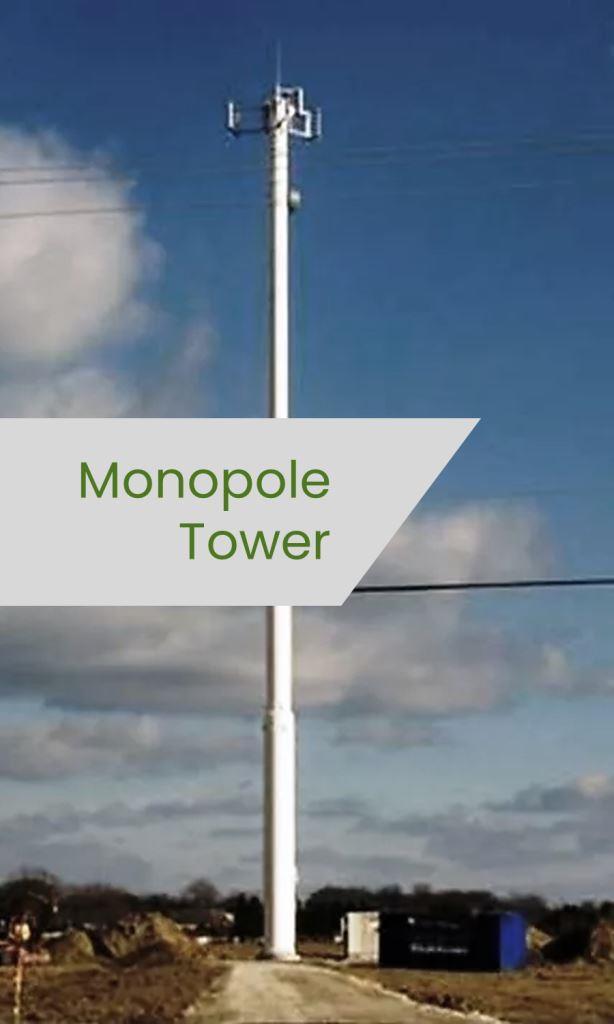
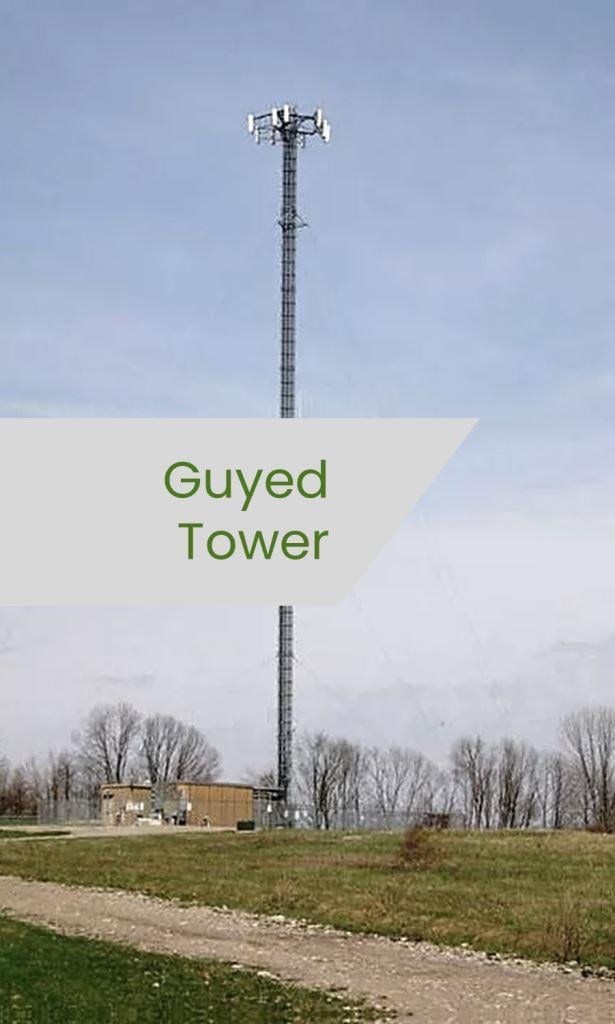
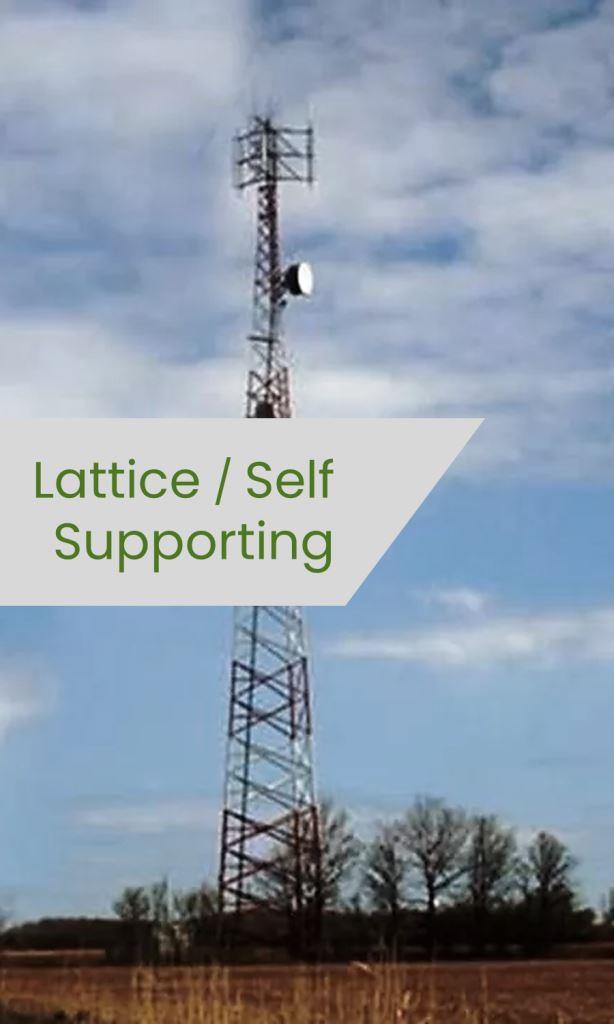
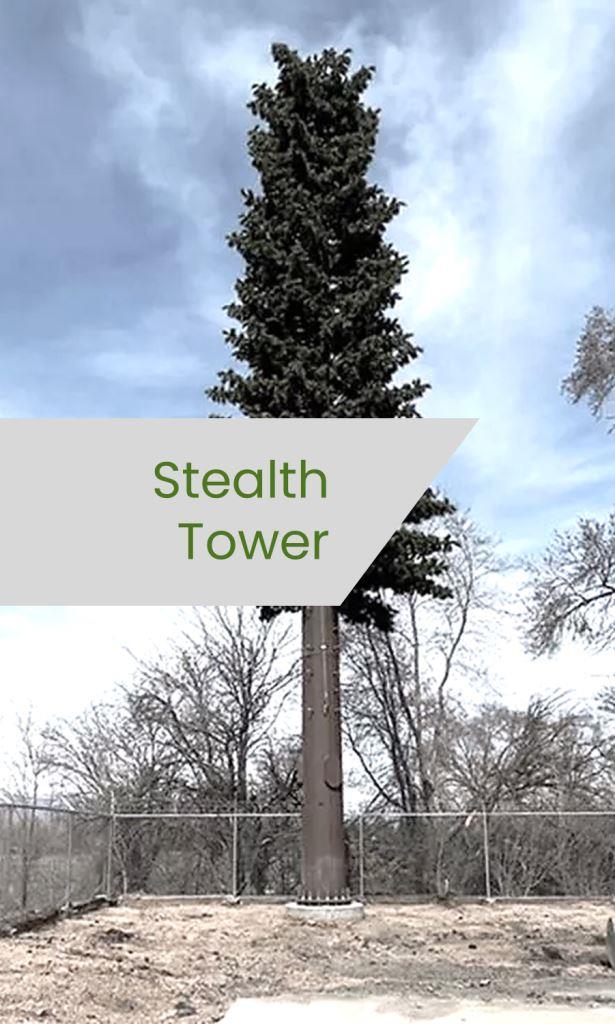
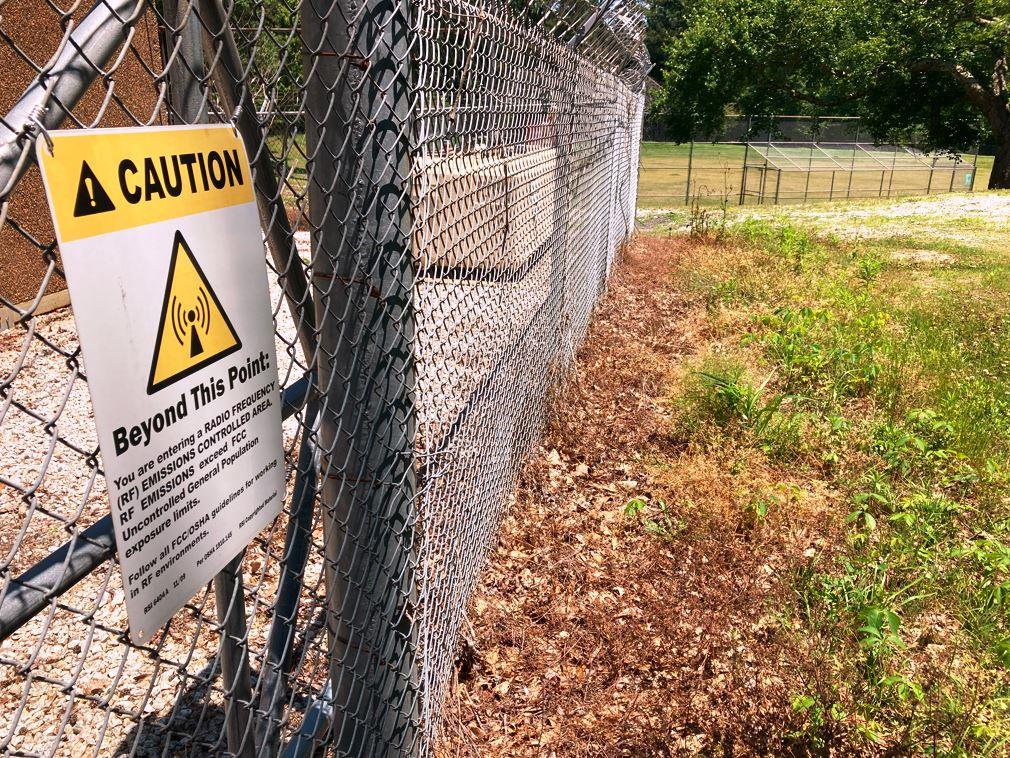
Types of Cell Sites: overview
Coverage: 0.75 to 30 miles • A traditional tower designed to support one or more cell communication networks.
Coverage: 1 to 25 miles • Antennas and transmission equipment installed on a building's roof, connected to utility power, and backhaul fiber.
Coverage: 1/5th of a mile to 2.5 miles per node • Smaller in size, power, and coverage radius, often deployed for network densification and special events involving an influx of connected users.
Coverage: 1/5th of a mile to 2.5 miles per node • A network of antennas strategically spaced to cover an area, often used where traditional towers face zoning challenges due to height or visual structure.
Coverage: In-Building • Designed for indoor usage, providing coverage in areas where outdoor macro-cells can't reach, like airports, data centers, other secure locations, military bases, and strictly controlled industrial properties with limited access by the public.
Optimize Vegetation Control with Proper Selection of Industrial Herbicides
